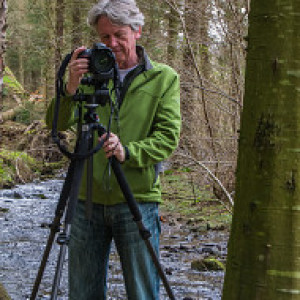A piece of antiquity
We visited the beautiful town of Assisi today. It must enjoy very tight planning controls as it is one of the most unspoilt towns I have visited; its medieval ambience is a rare pleasure. I gather these controls extend over a good radius out from the town itself in order that the views in and out of this medieval gem can be preserved.
Assisi has a long history that predates the Romans, but there are few visible pre-Romanic signs. It boasts a small but impressive collection of medieval and later churches, of which the Basilica San Francesco gets the most publicity and is certainly awe-inspiring. The large Upper Church was built for worship, and the Lower Church beneath was for the veneration of the Saint. Beneath that, in the crypt, is St Francis's tomb, only discovered as recently as 1818, before which its location was kept secret for fear of theft of the Saint's remains, which were placed there during the basilica's construction. It was interesting to consider the veneration to which St Francis's remains were treated in the 13th century and to reflect on the genuine feelings of veneration being displayed by visitors today.
The town's Cathedral, St Rufino, has a beautiful 14th century Italian Romanesque facade, and an equally impressive 16th century baroque interior.
But for me, it was the stunning colonnade of the Roman Temple of Minerva that impressed most, and this photograph is a detail from one of its beautiful antique Cornithian columns. This is all that remains of the Roman Temple, as its paganism was outlawed by later waves of Christianity. Behind the mercifully preserved colonnade lies the church of Sta Maria, properly called Sta Maria Supra (over) Minerva, whose conversion dates from 1539 with later Baroque additions.
There is nothing like a genuine piece of Antiquity.
- 0
- 0
- Apple iPhone
- f/2.8

Comments
Sign in or get an account to comment.


